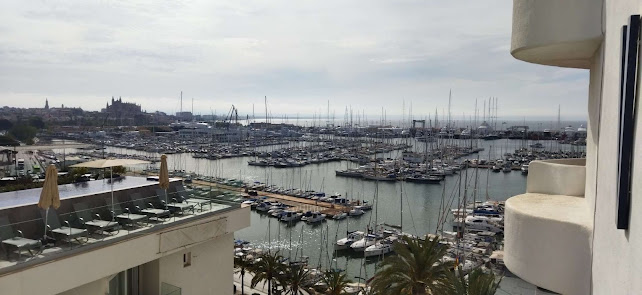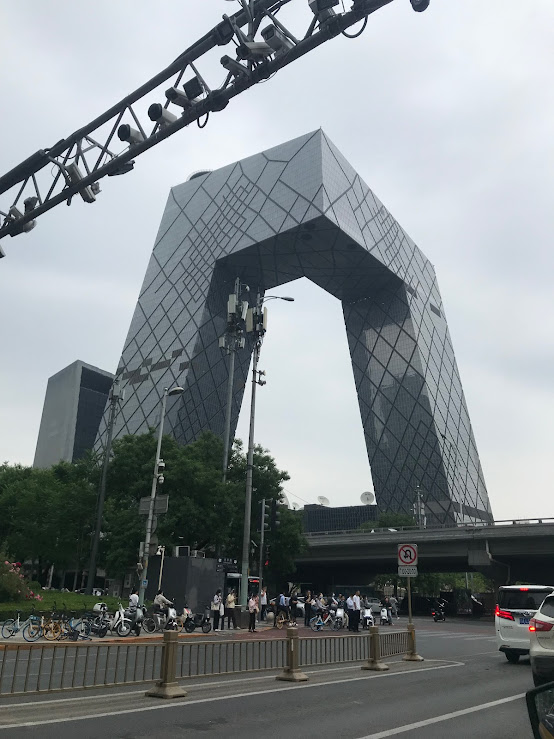A LANGUAGE IN-OUTPUT ROUTINE
A
Language In-Output Routine
I have been stressing the magnitude of a language output.
However, a language input is prerequisite to a language output.
First, we read and listen and then we speak and write derived from what you read and listen.
We further repeat this routine.
This process does not encompass your efforts to memorize words or grammar because the memorization naturally takes place in the course of a routine.
In essence, you are forming a
habit to speak and write naturally derived from the routine. This is a natural
physical transformation.
In this repetitive cycle, you will learn how to turn a language input into a language output smoothly.
When I was a kid, my father taught me how to ride a bicycle. He explained to me how to grip a handle and pedal it. At the end of the day, I tried it many times as he advised me.
As a result, I could ride a bicycle.
Later, I could even ride a bicycle without griping a handle, which nobody taught me.
Every day you ride a bicycle, you can enlarge your capacity to manage a bicycle better. A language learning is comparable to this.
Once you get into this cycle, you may want to go faster.
You further may want to do some tricks with a bicycle.
The establishment of this cycle enables you to build the capacity to go further.
In the context of a language-learning, you may want to try out new grammars or new words in your sentence, which you recently learned.
Or you may want to use some slangs or jokes that you learned from people or any language sources that you acquired.
The conversation is art in so many ways.
You create your conversation with your own words, which is a creative construction
work and joyous.
Thanks for reading,
Hilano Aquihisa




Comments
Post a Comment